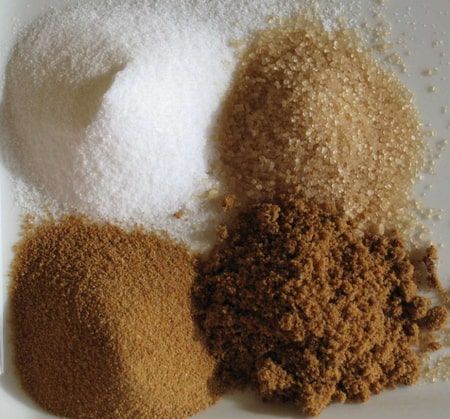Importance of sugar for human consumption and why it should be treated with respect
According to UNESCO, sugar is the world's most important crop and one of the most economical sources of energy for mankind. This is why.

There are many myths surrounding its consumption, the reality is that consuming sugar is not harmful, what is harmful to health is consuming it in excess, so we must respect the recommendation made by the World Health Organization (WHO) which tells us that a person with a normal body mass should not exceed 5% of daily caloric intake, or about 25 grams approximately.
Now let's talk about this sweet food: sugar is a crystallized solid body, whose color in its pure state is white, which belongs to the chemical group of carbohydrates. It is also a water-soluble substance that is characterized by its very sweet taste and belongs to the group of simple carbohydrates.
Among its properties are: it provides the energy that our organism needs for the functioning of the different organs, such as the brain and muscles. It has a satiating effect since it is easily absorbed and produces a rapid increase in circulating glucose levels.
Sugar offers an antidepressant effect, by activating a physiological mechanism that increases the concentration of brain neurotransmitters, which helps to overcome this state.
So why is it being attacked so much? Very simple, it is not informed of all the positive aspects that exist around, not only the consumption but from the socioeconomic point of view that represents the cultivation of sugar cane, for example, only in Mexico, the national sugar industry has been unable, in 500 years of history, to be competitive in terms of the international market.
Returning to consumption, although it is highly proven that consuming sugar in excess is associated with various ailments, we must also remember that food does not have a single and univocal villain, food together with lifestyle are a series of factors that largely determine our health.
Dark, brown, or white, cane sugar is pure energy
Obtaining sugar is a very interesting process that begins with the cultivation of sugarcane, an activity that is carried out in 267 municipalities in 15 states of the Republic, then the sugarcane harvest or zafra is performed, and although there is machinery to perform this task, in most of the country it is still cut with a machete, it is worth noting that a single worker can dismantle up to eight or nine tons of sugarcane per day.
Once harvested, the cane is sent to the sugar mill, which is the industrial plant dedicated to the processing, transformation, and industrialization of sugar cane, where the process of obtaining sugar begins, consisting of milling, steam generation, heating, clarification, filtration, evaporation, crystallization, evaporation, and drying.
Sugar is the raw material for the food and pharmaceutical industries.
This process produces three types of sugar: mascabado, standard and refined; each of them is distinguished by the number of times it has been processed; at the first level, with the lowest number of processes, is mascabado sugar.
According to data from the National Chamber of the Sugar and Alcohol Industries, it is estimated that the agribusiness involves 500,000 families, 182,379 cane suppliers, 153,714 day laborers, 69,971 cutters, 31,318 transporters, 34,916 unionized workers, 7,689 trust workers, and 11,822 retirees, in addition to generating: 500,000 direct jobs and 2.4 million indirect jobs in rural areas of 267 municipalities in Mexico.




